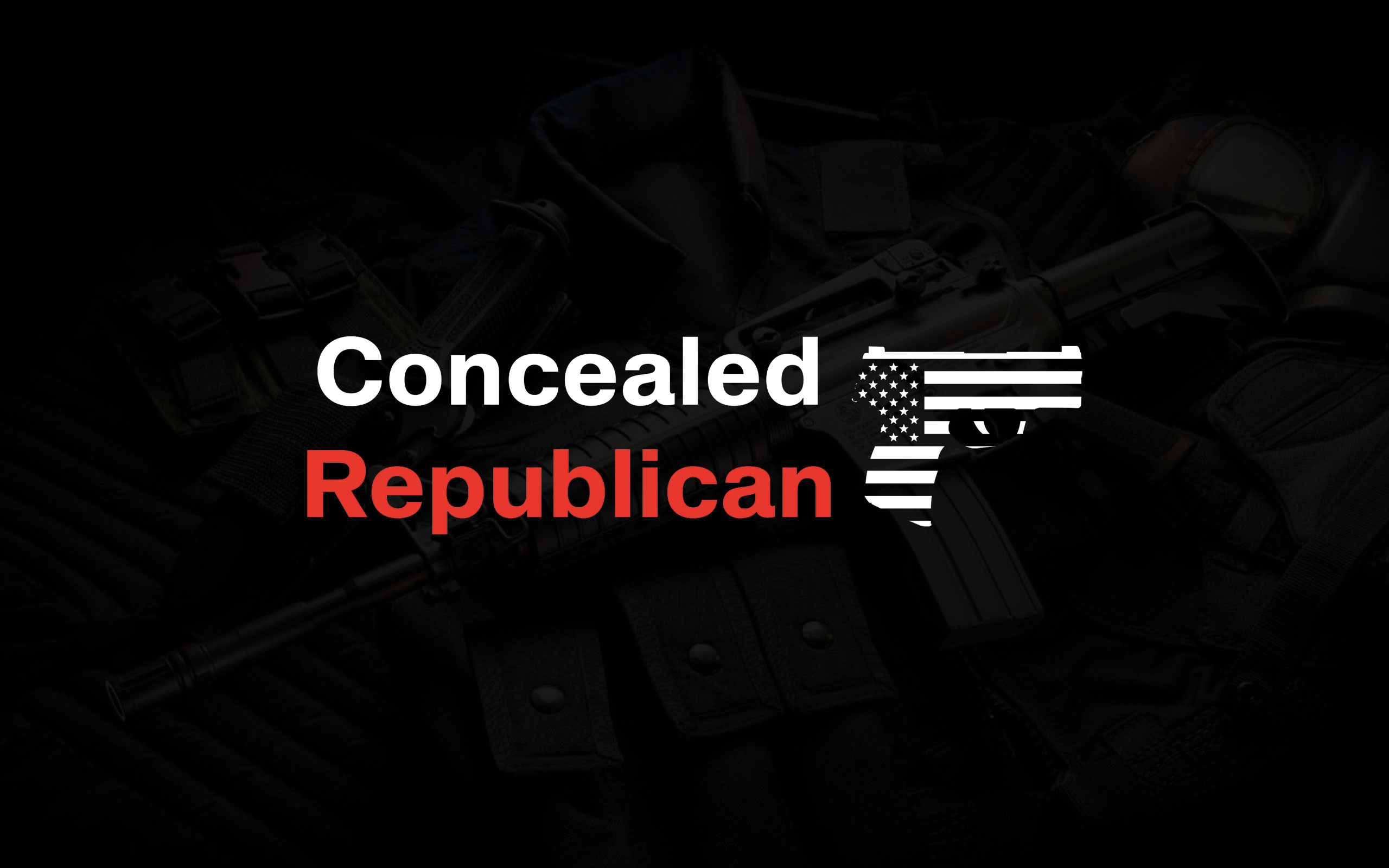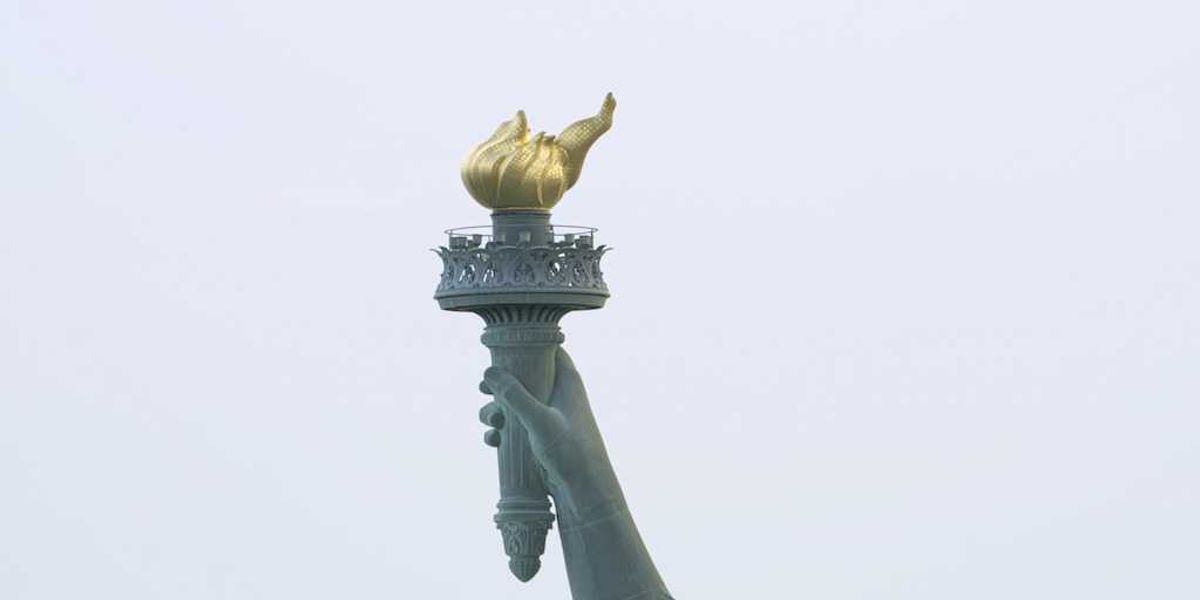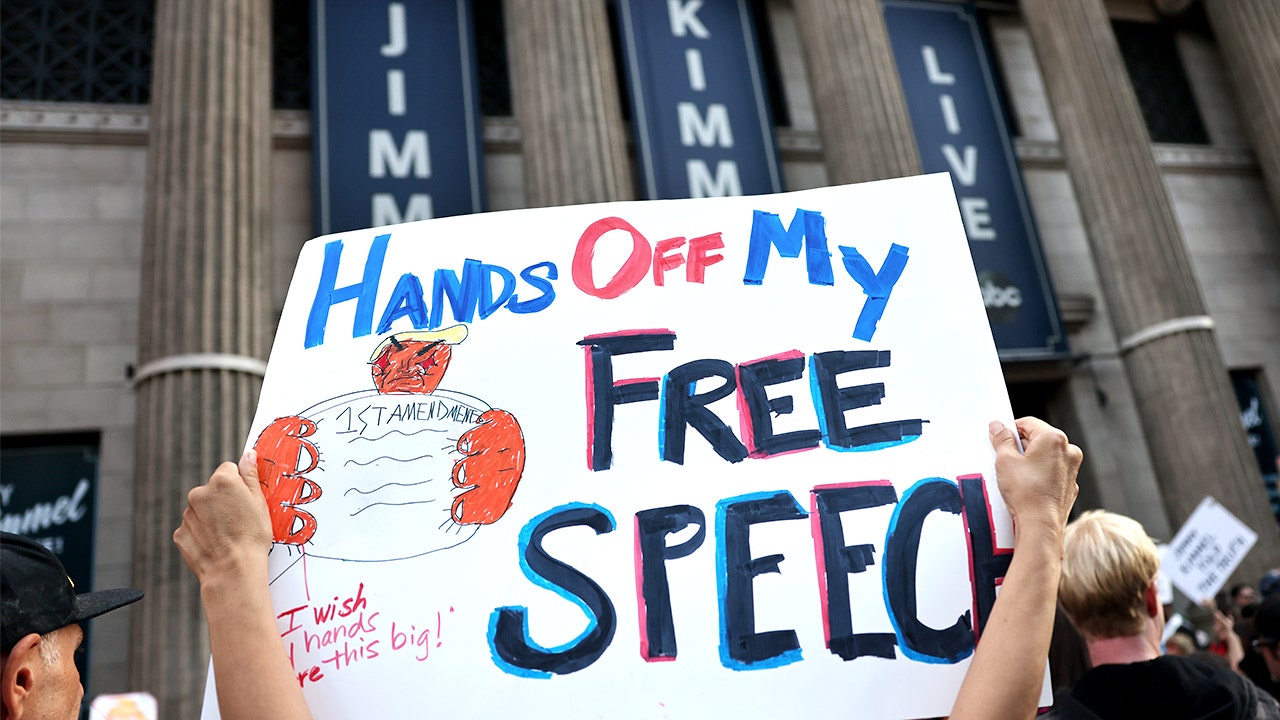The Ninth Circuit isn’t the only federal appellate court that’s hostile to our right to keep and bear arms, but it’s had more than its fair share of egregiously bad decisions when it comes to our Second Amendment rights. Now we can add another to the list after an en banc panel of Ninth Circuit judges declared that barring non-violent felons from possessing a firearm comports with the text of the Second Amendment and the national tradition of gun ownership in the United States.
The 9th U.S. Circuit Court of Appeals in Pasadena, California said the government showed the “permanent and categorical disarmament” of felons was consistent with the country’s historical tradition of firearms regulation, and with the 2nd Amendment of the U.S. Constitution.
Circuit Judge Kim McLane Wardlaw said the ban helps protect from the public from people who commit “the most serious crimes” and represent a “special danger of misuse.”
The law was challenged by Steven Duarte, who had five convictions for nonviolent crimes, including vandalism and evading police, before being convicted and sentenced to 4-1/4 years in prison for violating the firearms ban.
Neither the U.S. Department of Justice nor a federal public defender representing Duarte immediately responded to requests for comment.
There are a several issues with the Ninth Circuit’s conclusion, starting with the fact that the Supreme Court strongly hinted in the Rahimi decision that a finding of dangerousness is necessary in order to deprive someone of their right to keep and bear arms. But the appellate court’s most serious error, at least in my opinion, is assuming that anyone convicted of a non-violent felony has committed one or more of “the most serious crimes” and is at a high risk of criminally using a firearm.
Legislators decide what crimes rise to the level of a felony offense, and there’s nothing stopping lawmakers in Sacramento from turning a minor offense like jaywalking into a felony if they choose. The Ninth Circuit’s decision gives undue deference to legislators to determine who gets to exercise their right to keep and bear arms, when the historical record shows that categorical bans on gun ownership were few and far between.
All 11 judges in Friday’s decision voted to uphold Duarte’s conviction, though three did so on procedural grounds.
Circuit Judge Lawrence VanDyke, a vocal critic of recent 9th Circuit gun control rulings, dissented from the court’s constitutional analysis.He said the court is giving legislatures “effectively unconstrained authority to disarm entire swaths of our citizenry,” while leaving the 2nd Amendment “inarguably the red-headed stepchild of the Constitution.”
That’s absolutely correct, and it’s going to be up to the Supreme Court to set things right. The good news is that there’s a clear split among the federal courts of appeals when it comes to prohibited persons, which makes it more likely that the justices will take up a case like Duarte in the near future. Whether or not the Court will follow the hints it dropped in Rahimi about a finding of “dangerousness” remains to be seen, however, and its far from certain that a majority of justices will endorse the conclusion reached by other appellate courts like the Third Circuit that a categorical ban on gun ownership for those convicted of crimes punishable by more than a year in prison violates the Second Amendment.
It’s also going to be interesting to see how the Trump administration responds to the Duarte decision. Will it embrace the Ninth Circuit’s approach, or will the DOJ reverse course and side with those who believe that a categorical ban violates our right to keep and bear arms? The DOJ has opened the door to restoring those rights after a felony conviction, but that’s not the same as arguing that someone shouldn’t lose their rights in the first place just because of a conviction for a non-violent felony offense.
Read the full article here







![CNN’s Van Jones Calls Out Mamdani’s Immediate Character Switch Post Victory [WATCH] CNN’s Van Jones Calls Out Mamdani’s Immediate Character Switch Post Victory [WATCH]](https://www.lifezette.com/wp-content/uploads/2024/11/2024.11.05-07.18-lifezette-672a6f7d84481.jpg)




